Imagine making your favorite 3D printer animals at home with a 3D printer. You can create realistic models, cool toys, or fun designs of various animals. 3D printing makes all of this possible and exciting. Printing animal models has become very popular for learning and hobbies. Students can study animal bodies with lifelike 3D printer animals while having fun.
Using 3D printing in schools and vet work is changing learning. These models help with surgeries and hands-on lessons. They improve accuracy and problem-solving skills.
This fun process isn’t just enjoyable—it helps animals too. Printed models of 3D printer animals mean fewer live animals are needed for learning. This combines creativity with kindness. So, grab your printer and explore this amazing world of 3D printer animals!
Key Takeaways
- 3D printing lets you make cool animal models at home. It boosts creativity and helps you learn new things.
- If you're new, start with easy designs like birds or shapes. Use beginner materials like PLA for better results.
- You can print useful animal designs, like pet toys or classroom models. These make learning fun and hands-on.
- Join group projects or challenges to share ideas and learn more. You can also help by making toys for shelter animals.
- Look online for 3D models, but check reviews and settings first. This helps you avoid mistakes while printing.
Popular 3D-Printed Animal Models

3D printing opens up endless creative possibilities for animal models. You can make home decorations, toys for pets, or lifelike replicas for learning. There’s something fun for everyone to try. Let’s explore some popular types of 3D-printed animals you can create today.
Decorative Animal Models
Decorative animal models bring nature into your home. These designs can be simple or very detailed. For example, rattlesnake models are used as art and for studying wildlife. Researchers printed 34 models, including baby and adult snakes, to study predators in deserts. The models, made in two parts (head and body), showed how animals like coyotes and roadrunners behave.
If you’re new to 3D printing, start with easy designs like a small bird or a geometric fox. These are simple and need little setup. Advanced creators can try detailed models like an owl with feathers or a lion’s head. Using the right filament, like PLA or PETG, gives strong and beautiful results.
Tip: PLA is easy to use and colorful. PETG adds shine and strength.
Functional Animal Designs
Functional animal designs are both useful and creative. These models are great for pet owners and teachers. You can print toys for pets, like chewable bones for dogs or puzzle feeders for cats. These toys keep pets active and entertained.
Teachers can use functional designs too. Print a frog model for biology class or a bird skeleton for anatomy lessons. These tools make learning fun and hands-on. The U.S. veterinary 3D printing market is growing fast, expected to reach $26.23 million in 2023. This shows the need for custom models in schools and healthcare.
Fun Fact: About 70% of U.S. homes have pets, making these designs very popular.
Realistic Animal Replicas
Realistic animal replicas take 3D printing to a higher level. These models look like real animals and are helpful in vet training and surgery planning. Studies show 3D-printed bones are very close to real ones. They are great for teaching because they are accurate and reliable.
Hobbyists can also enjoy making realistic replicas. Print a detailed elephant with textured skin or a life-sized bird in flight. These projects need advanced skills and materials like ABS or PC for strength and detail. New 3D printing technology makes it easier to create these amazing designs.
Pro Tip: Use a high-resolution printer and thin layers for fine details. This gives your model a professional look.
Tools and Resources for Making 3D-Printed Animals
Making 3D-printed animals is simple with the right tools. Whether you're new or experienced, having good printers, materials, and designs helps a lot. Let’s explore what you need to begin.
Best 3D Printers and Materials
Not all printers work the same for animal models. Here are some great options:
- Sovol SV06 ACE: This printer is precise and reliable. It’s great for detailed designs like scales or feathers. Beginners and experts can use it easily.
- Creality Ender 3 V2: A low-cost printer that works well for simple models. It’s perfect for medium-detailed designs too.
- Prusa i3 MK3S+: This professional printer makes high-quality models. It supports many materials and prints in fine detail.
The material you pick changes how your model looks and lasts. Here’s a quick guide:
|
Material |
Best For |
Features |
|---|---|---|
|
PLA |
Beginners, simple models |
Easy, eco-friendly, colorful |
|
PETG |
Toys, strong designs |
Flexible, shiny, durable |
|
ABS |
Realistic models |
Tough, heat-resistant, detailed |
Tip: If you’re starting out, use PLA. It’s easy and works with most printers.
Top Websites for Animal Models
Finding animal designs online is quick and easy. Many websites offer free and paid models for all levels. Check out these top picks:
- Thingiverse: Offers free models, from cartoon animals to skeletons.
- MyMiniFactory: Known for high-quality designs, including lifelike animals.
- Cults3D: Has free and paid models, perfect for creative designs.
- Printables by Prusa: Features user-shared designs, including functional and decorative animals.
Pro Tip: Read reviews and check settings before downloading a model. This saves time and avoids mistakes.
Steps for Printing Animal Models
Good preparation makes your 3D prints better. Follow these tips for great results:
- Set Proper Layers: Use 0.1-0.2mm layers for detailed models. This shows fine details like fur or scales.
- Add Supports: Use supports for tricky parts like wings or long necks.
- Adjust Infill: Use 10-20% infill for decorations and 30-50% for strong designs. This saves material but keeps strength.
- Test Small Models: Print a small version first to check for problems.
If you face issues like breaking parts or poor bed sticking, try these fixes:
- Breaking Parts: Make walls thicker or use stronger materials like PETG.
- Bed Sticking Issues: Use a glue stick or heat the bed for better adhesion.
Fun Fact: Flexible filaments like TPU can make squishy animal toys. It’s a fun way to try new materials!
Creative Ideas and Inspiration
Customizing Animal Models
Changing animal models lets you make them unique. You can tweak designs to look like your favorite animals. Add special patterns to a cat figure or put your dog’s name on a toy. These personalized items are great for gifts or keepsakes.
You can also design toys that help pets stay active. Make puzzles or exercise tools to keep pets busy. A maze feeder for a cat or a chewable dog toy can be fun and helpful. These designs improve pet care and let you learn about animal behavior.
Tip: Use stretchy materials like TPU for bendable toys. They’re safe and last longer.
Themed Collections
Themed collections make organizing 3D-printed animals fun. Create sets like jungle animals, sea creatures, or magical beasts. These are great for decorations, learning tools, or kids’ playsets. Imagine a safari set with lions and giraffes or underwater animals like turtles and dolphins.
Teachers can use themed collections in classrooms. Students can study ecosystems, animal habits, or history with these models. A dinosaur set could teach about ancient life. These collections mix learning with hands-on fun, making lessons exciting.
Fun Fact: Some people make holiday-themed sets, like Halloween bats or Christmas reindeer.
Community Projects and Challenges
Joining community projects is a fun way to share ideas. Groups often host events to work on big projects or compete in design challenges. Many focus on making toys for shelter animals or tools for schools.
Here’s how 3D printing helps communities:
- Teachers and students connect objects to history or social studies.
- At first, they struggled to use 3D modeling in lessons.
- Later, these projects became a creative way to share ideas.
By joining these projects, you can help others and learn new skills. Design puzzles for pets or tools for shelters to make a difference.
Pro Tip: Find online groups or local clubs for fun challenges.
How Sovol 3D Printers Improve Animal Model Printing
Features of Sovol Printers for Animal Models
Sovol 3D printers are great for making animal models. They use open-source technology, letting creators share ideas and tips. This helps you learn and improve your printing skills. The Sovol SV06 ACE is a top choice. It has a strong frame and prints fast with Klipper firmware. Its direct drive extruder works with many materials, like PLA and TPU. You can print anything from cool decorations to useful pet toys.
These printers are also easy to use. For example, the Sovol SV06 takes under an hour to set up. It has a large build space of 350x350mm, perfect for big models. You can print a detailed lion or a life-sized bird. Its design, inspired by the Voron 2.4, offers high quality at a lower price than similar printers.
Tips for Using Sovol Printers (e.g., SV08, SV06 ACE)
Follow these tips for better results with Sovol printers. Always calibrate your printer before starting. This makes sure your models are accurate and smooth. Use a 0.1mm layer height for detailed parts like fur or scales. This setting captures fine details well.
For tricky models, like a bird with open wings, add supports to avoid sagging. Adjust the infill based on the model’s use. Decorative models need 10-20% infill, while toys or tools need 30-50% for strength.
Try different materials for creative projects. PLA is easy for beginners and simple designs. TPU is flexible and great for chewable toys. Sovol printers handle these materials easily, giving you lots of options.
Common Issues and Solutions with Sovol Printers
Even good printers can have problems, but Sovol makes fixing them simple. If edges curl or lift off the bed, heat the bed more or use a glue stick. For breaking parts, use stronger materials like PETG or make walls thicker in your slicer settings.
Filament jams can happen too. Clean the nozzle often and use good-quality filament to avoid this. Uneven layers might mean the bed isn’t level. Re-calibrate to fix this. Sovol printers, like the SV08, have easy-to-use features to solve these problems quickly.
Pro Tip: Update your printer’s firmware often. Sovol’s open-source system gives you the latest upgrades.
3D printing is a fun way to make animal models. You can create toys, decorations, or learning tools easily. The options are endless and exciting. Help animals too by making toys for pets or shelters. These projects are creative and help improve animal lives.
With these tips, you can start your own project now. Explore 3D-printed animals, share your ideas, and meet others who enjoy this hobby. Your next creation might inspire someone new!
FAQ
1. Can I 3D print animal models without prior experience?
Absolutely! Many 3D printers, like the Sovol SV06 ACE, are beginner-friendly. Start with simple designs, such as a small bird or a geometric fox. Platforms like Thingiverse offer free, easy-to-print models to help you get started. 🐾
2. What’s the best material for printing animal models?
PLA is perfect for beginners. It’s easy to use, eco-friendly, and comes in vibrant colors. For stronger or flexible designs, try PETG or TPU. These materials work great for toys or detailed replicas.
Tip: Experiment with different materials to find what suits your project best!
3. How long does it take to print an animal model?
It depends on the model’s size and detail. A small, simple design might take 1-2 hours. Larger or more detailed models, like a lion’s head, could take 6-12 hours. Always check your printer’s estimated time before starting.
4. Can I customize animal models?
Yes, you can! Use 3D modeling software to add unique touches, like patterns or names. Many slicer programs also let you tweak designs easily. Personalized models make great gifts or keepsakes. 🎁
5. What should I do if my print fails?
Don’t worry—it happens! Check for common issues like bed leveling or filament jams. Adjust your settings, like layer height or infill, and try again. Sovol printers have user-friendly features to help troubleshoot quickly.
Pro Tip: Always test with a small model before printing the full design.

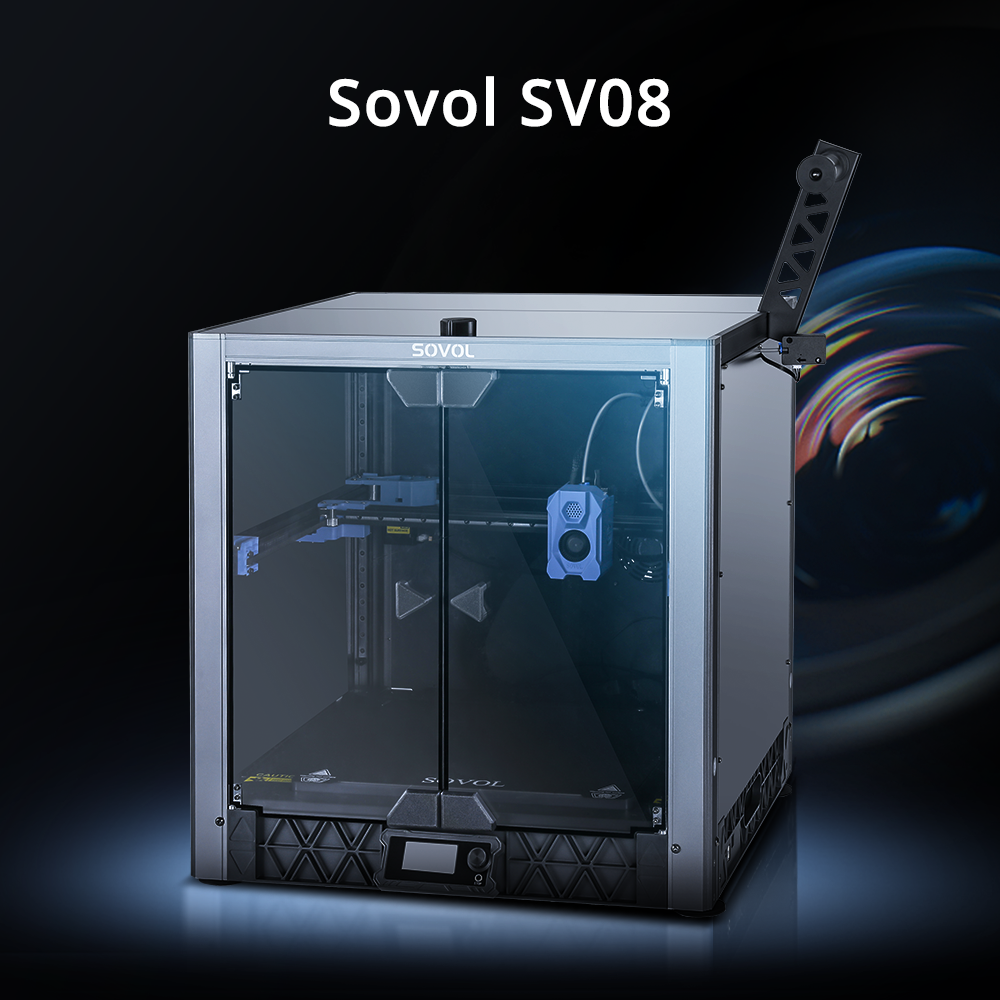
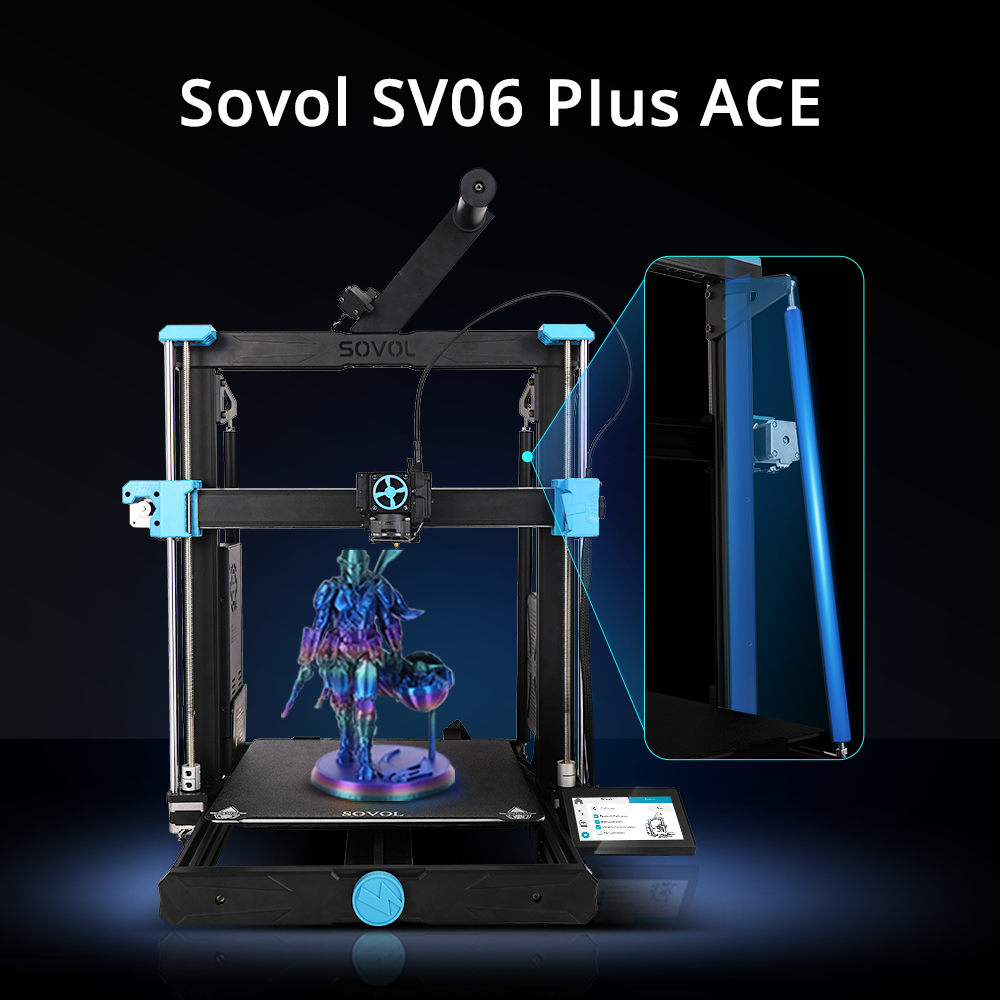
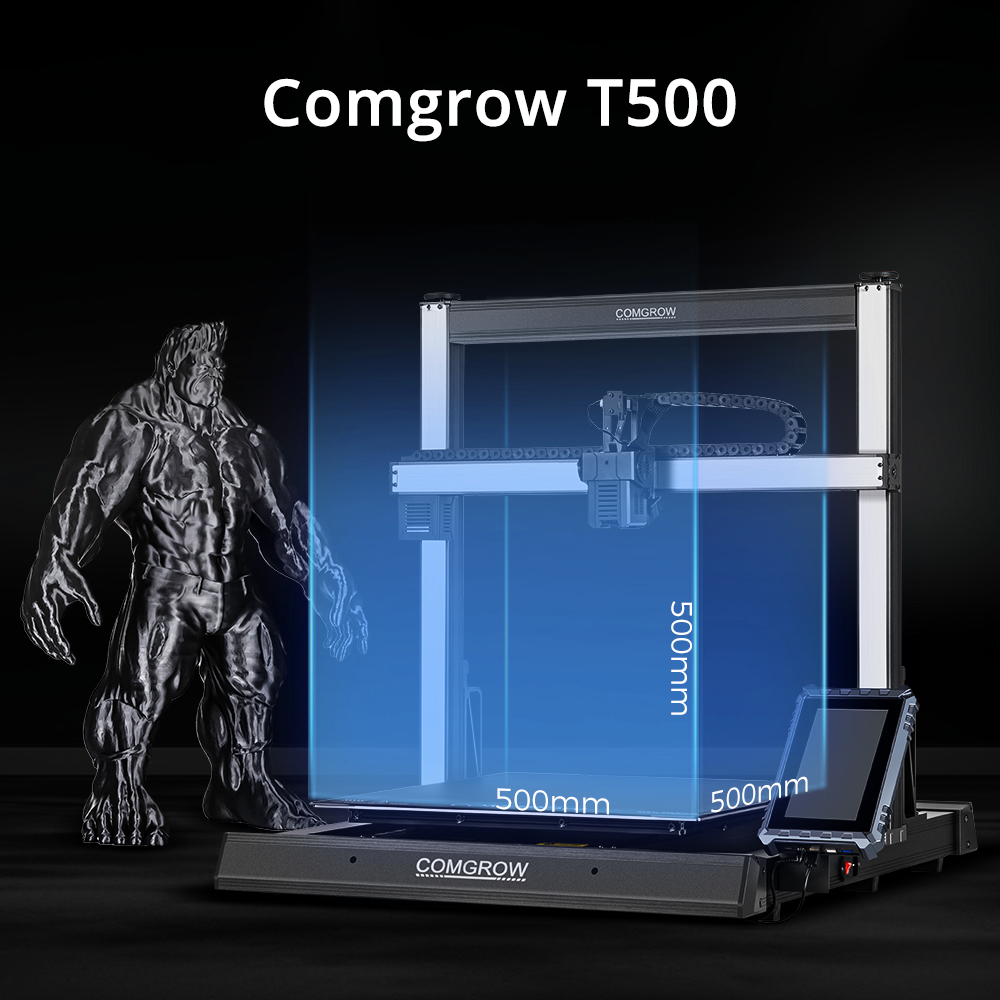


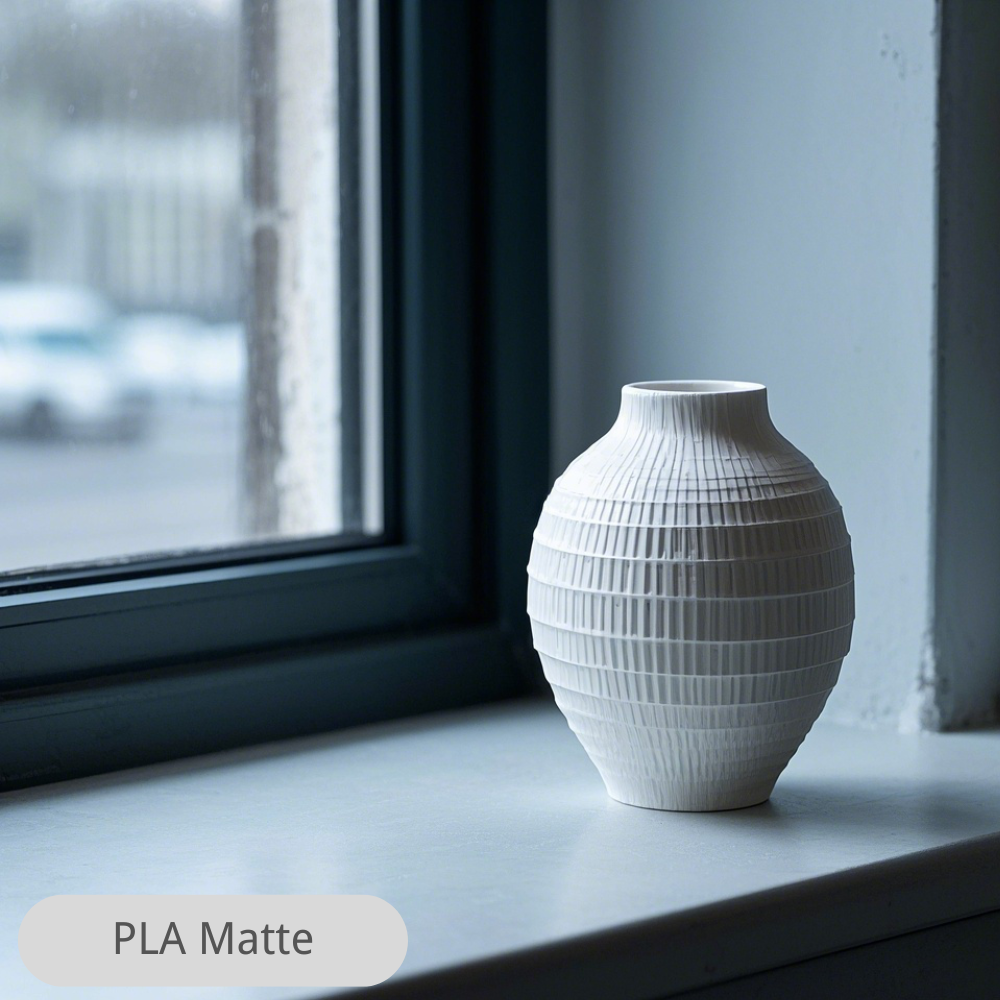
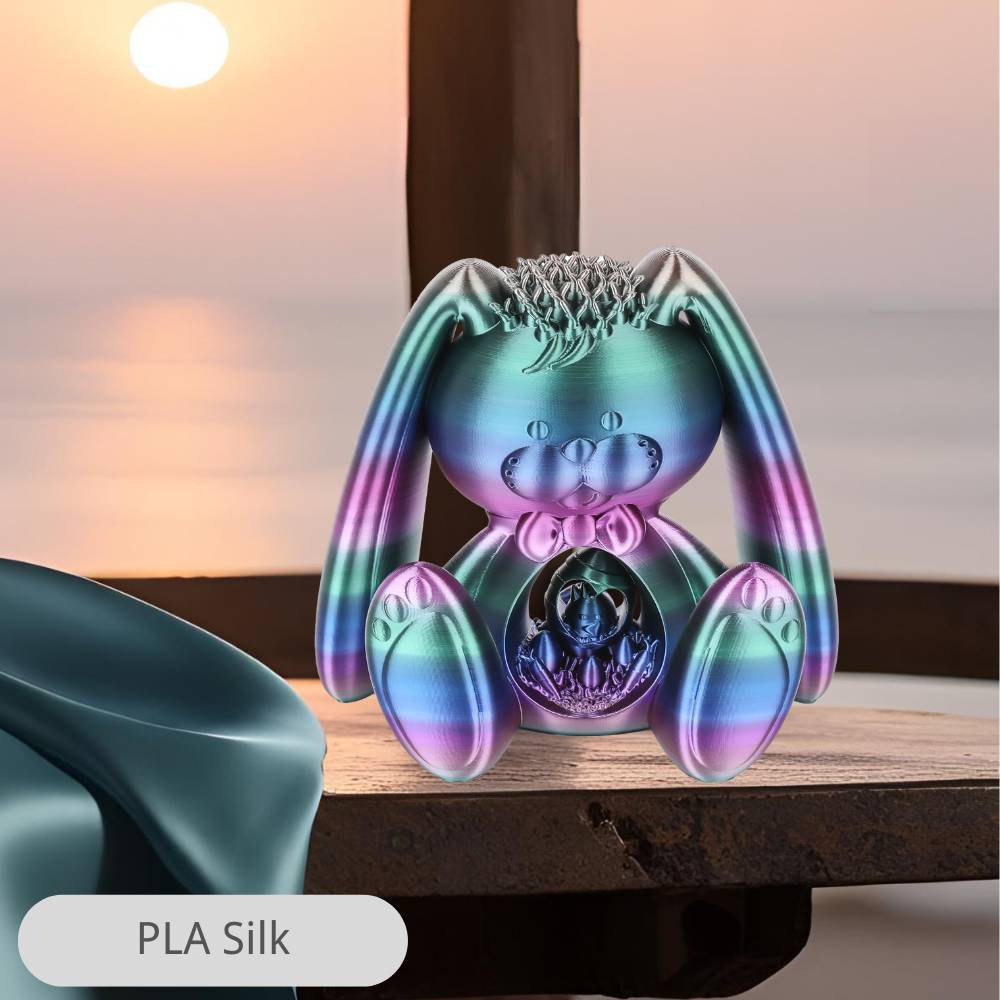
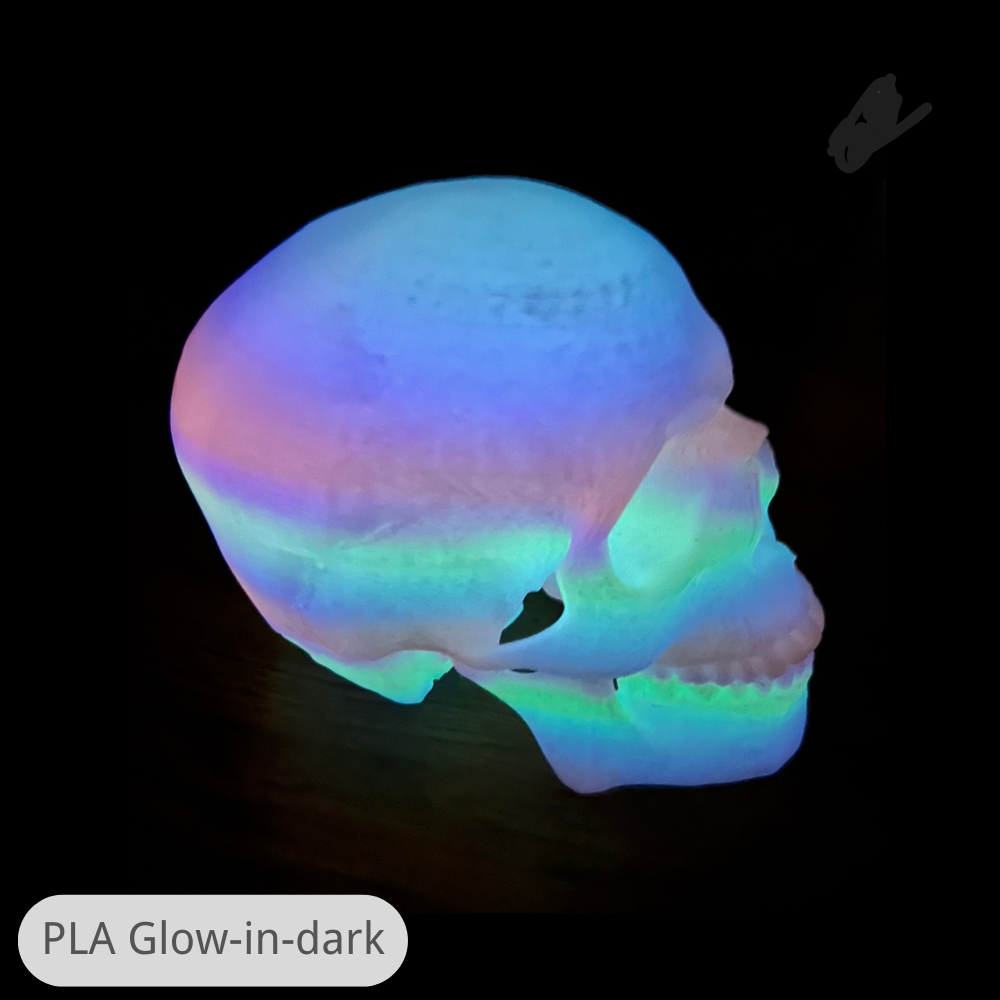
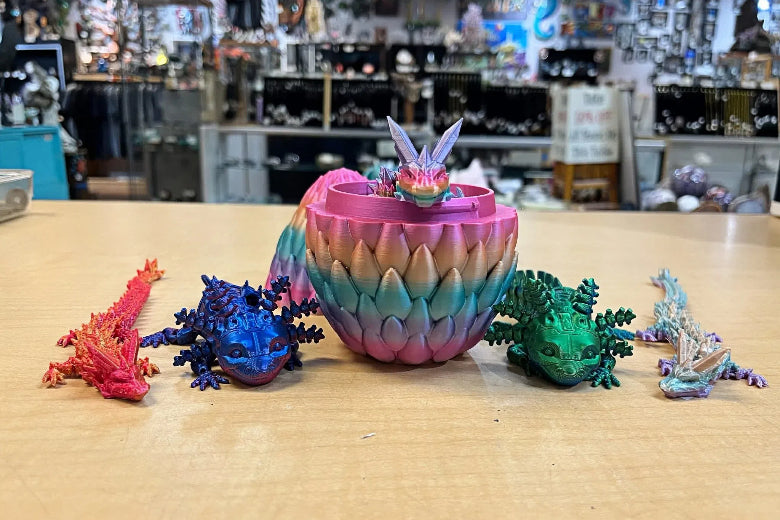
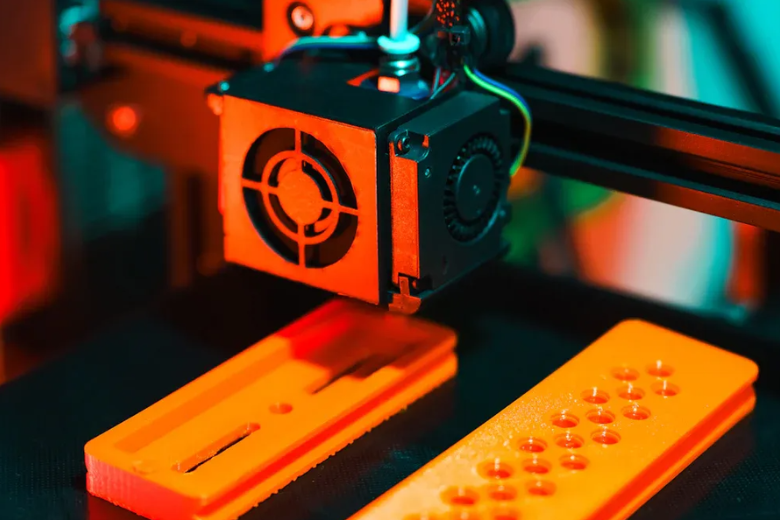
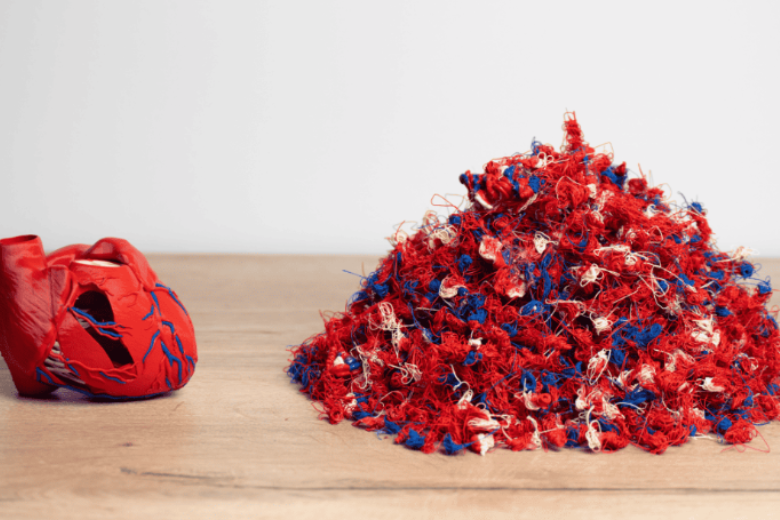
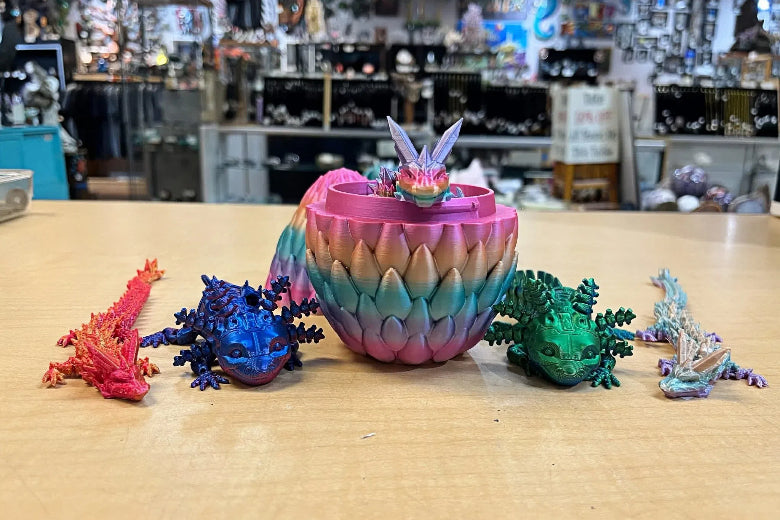


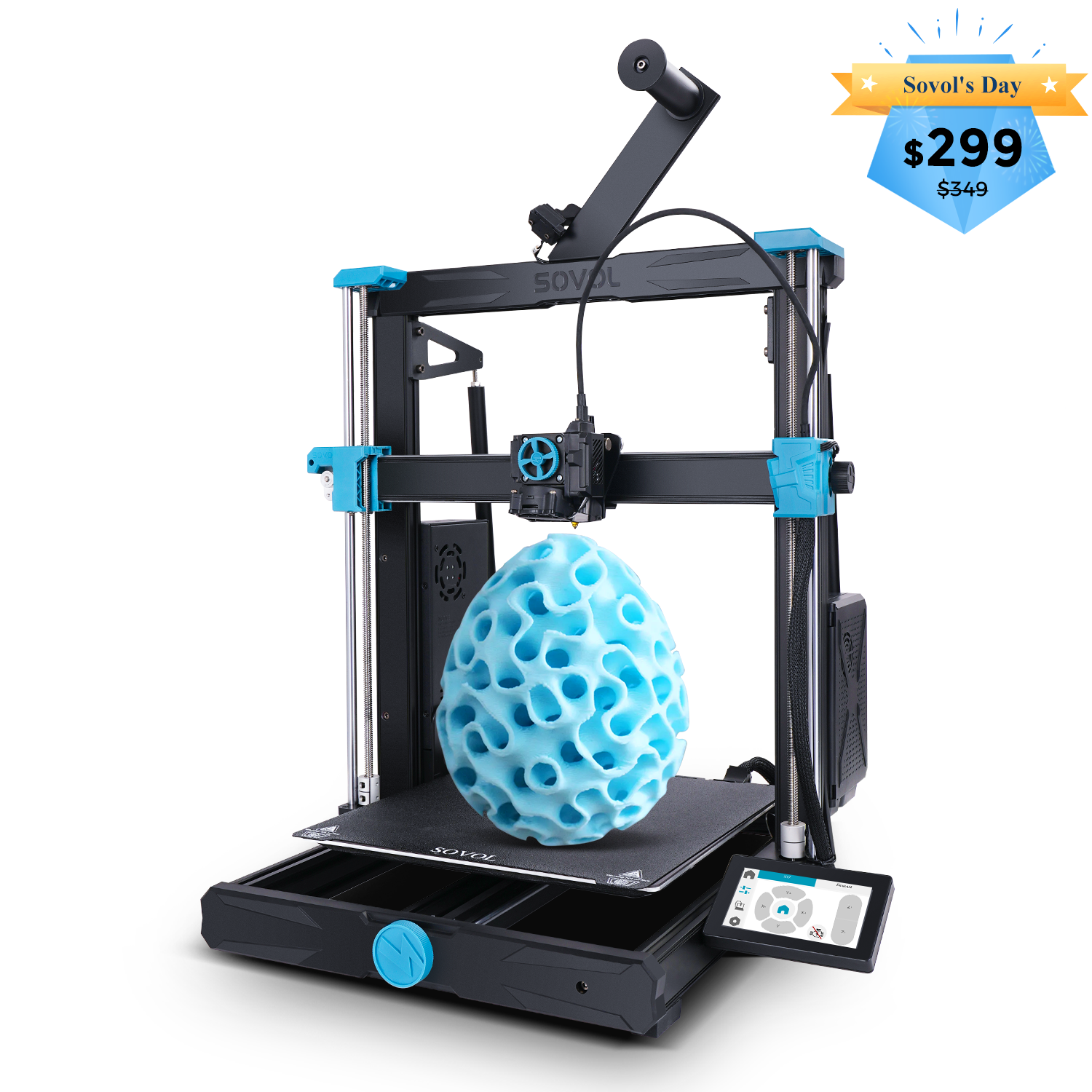



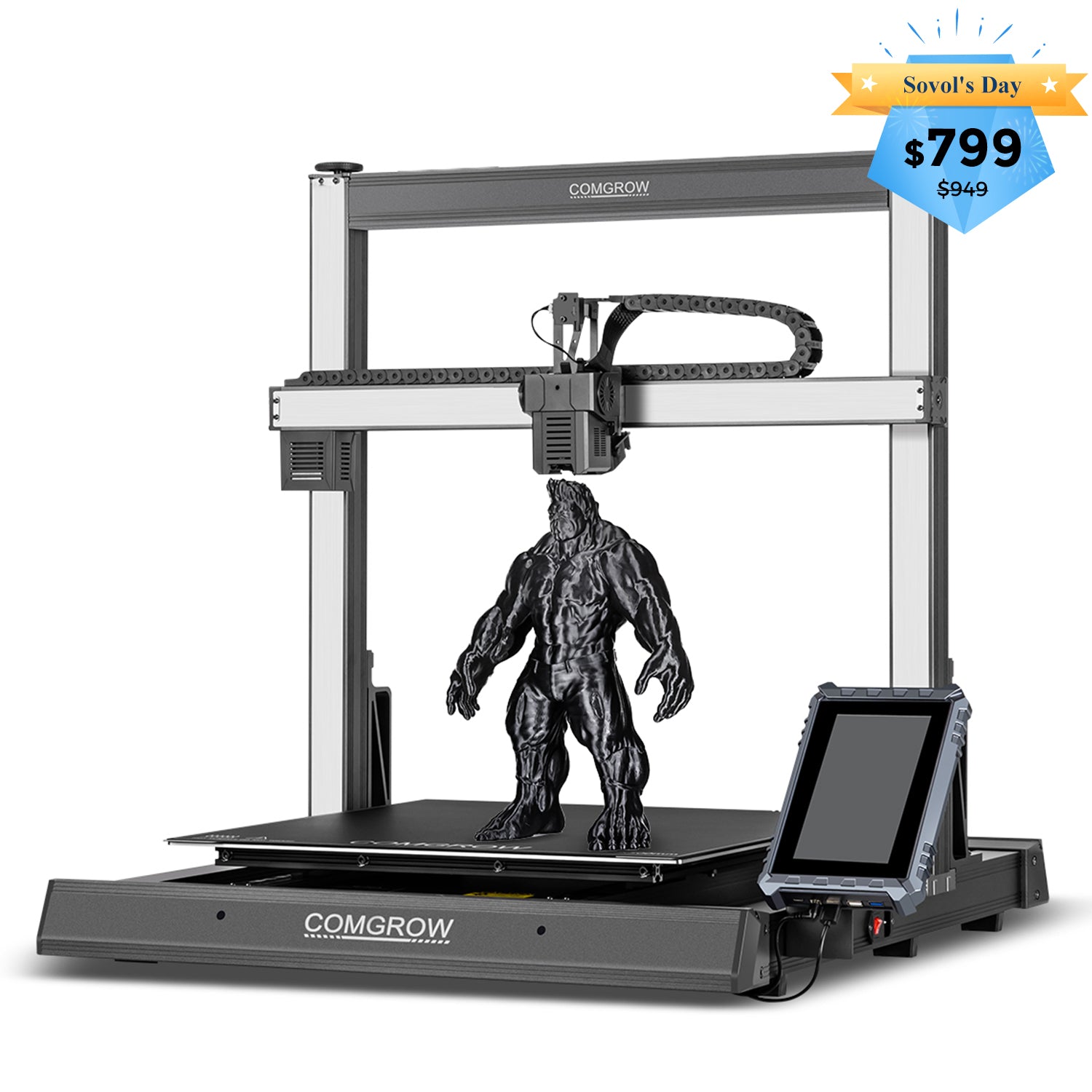

Leave a comment
All comments are moderated before being published.
This site is protected by hCaptcha and the hCaptcha Privacy Policy and Terms of Service apply.